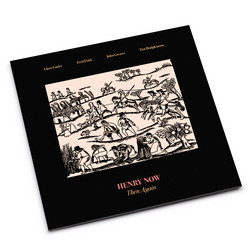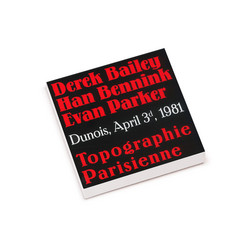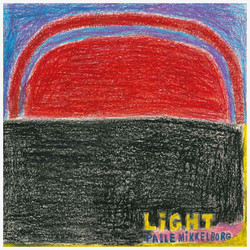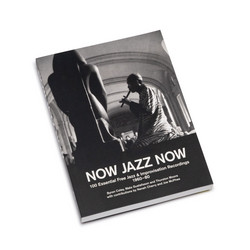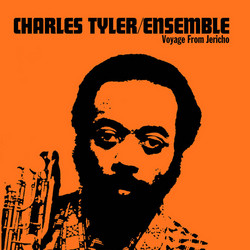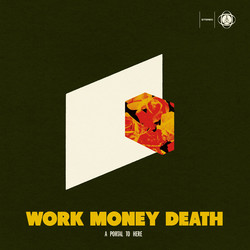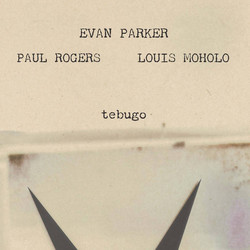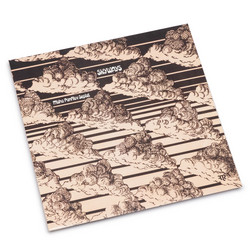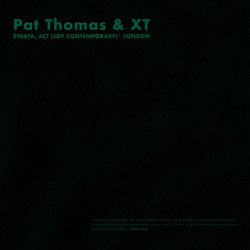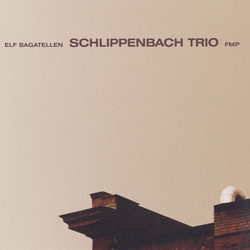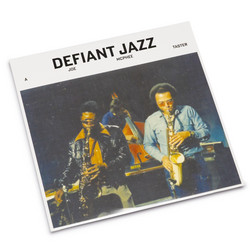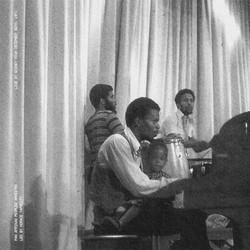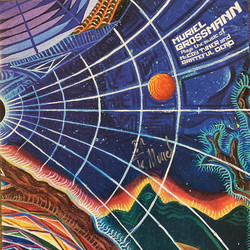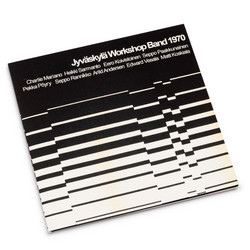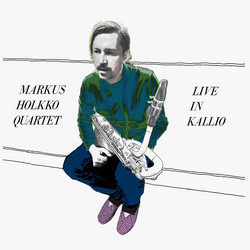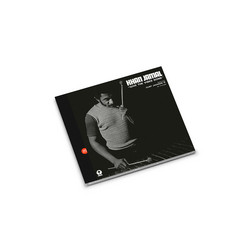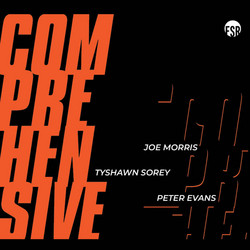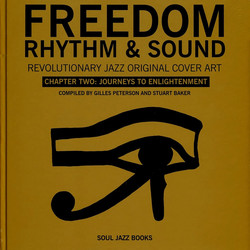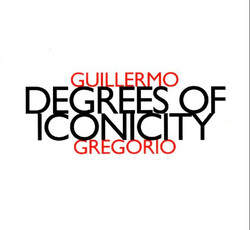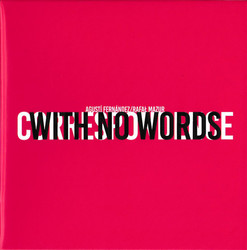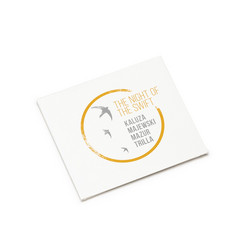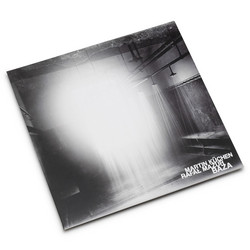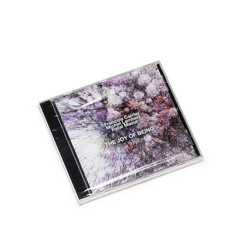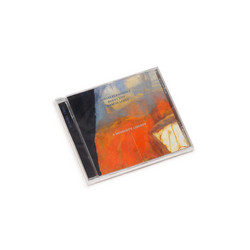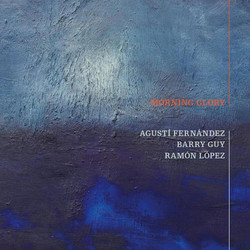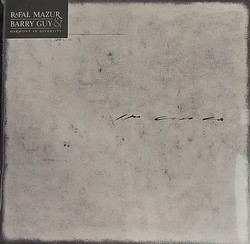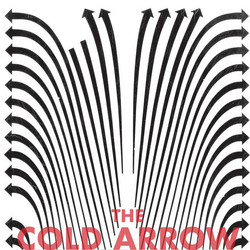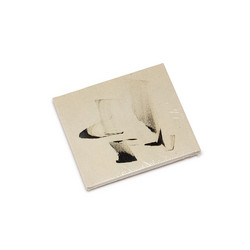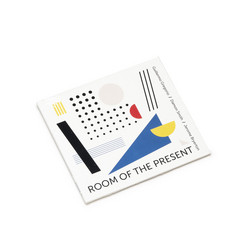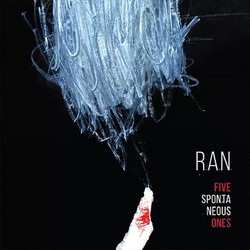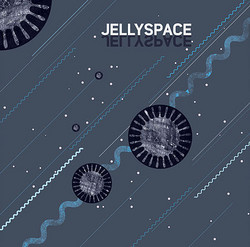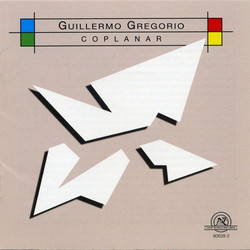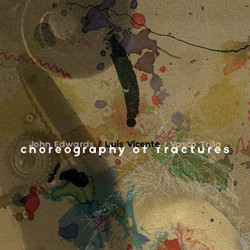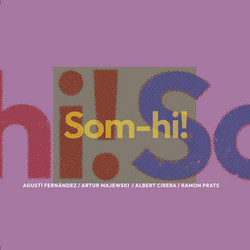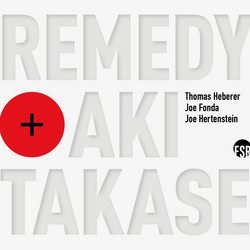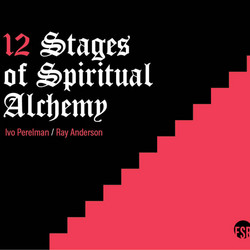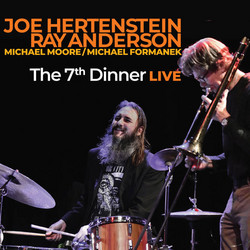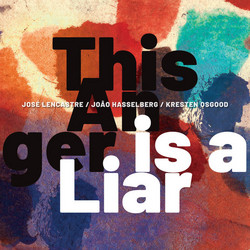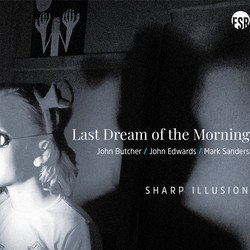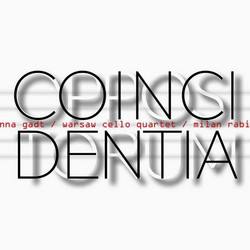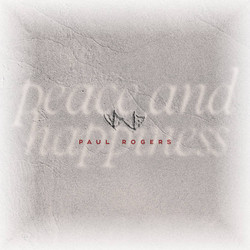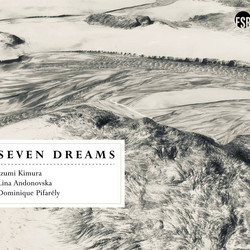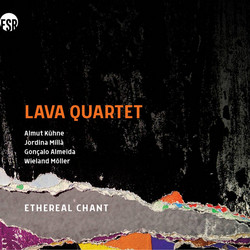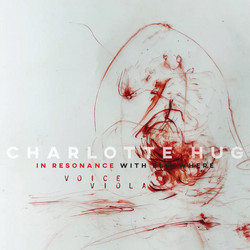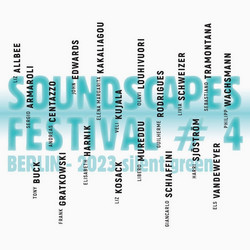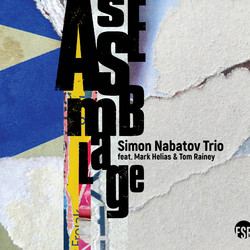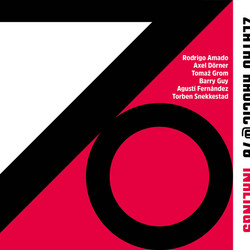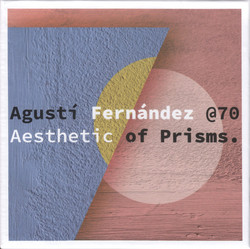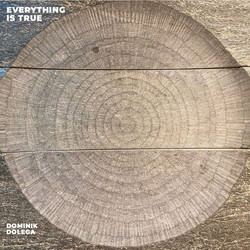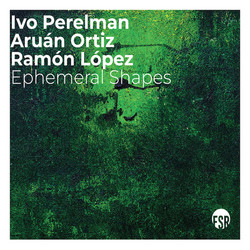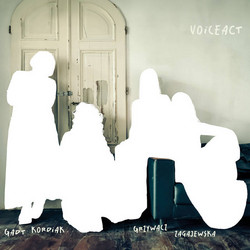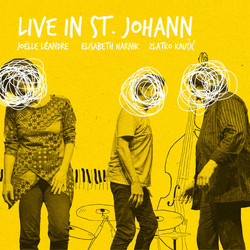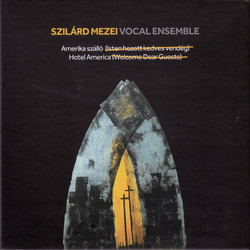Guillermo Gregorio, Rafal Mazur, Ramon Lopez
Wandering The Sound
It is very common today to see musicians from diverse musical and cultural backgrounds converging at some geographical point to improvise together. Collective improvisation is an interactive art. The responses among the improvisers are individual and subjective, but the whole result implies a kind of inter-subjectivity. Subjectivities are historical and embodied. They are configured through successive experiences within concrete contexts and are embodied in the sense that subjectivity can’t exist outside a body. The detractors of improvisation claim that an art based on historicity, subjectivity, and the body can only lead the improviser to known outcomes, a repetition of musical ideas coming from a known, historical repertoire, with no room for the “unforeseeable.” For these detractors the use of more impersonal procedures will allow the “unforeseeable” to emerge rather than improvisation. Contrary to this, I claim that only embodied subjectivities immersed in particular worlds, and their intimate involvement with places, spaces and environments, can produce the “unforeseeable.”
In this CD you will listen to Ramón López, an outstanding Spanish percussionist living in France and Guillermo Gregorio, an American clarinetist born in Argentina living in New York who converged in Krakow to improvise with a “local” bass-acoustic guitar virtuoso and iconic figure, Rafał Mazur. The three musicians met in Krakow to play together for the first time. Diversity and subjective interaction are present here indeed!
Music evolves in time, but improvised music is produced in real time. It also evanesces in real time! Our session was obviously recorded. So, you have in your hands only a trace of something that existed ephemerally. However, the important thing about recorded improvisations is that they still can activate the “unforeseeable”! (Guillermo Gregorio)
